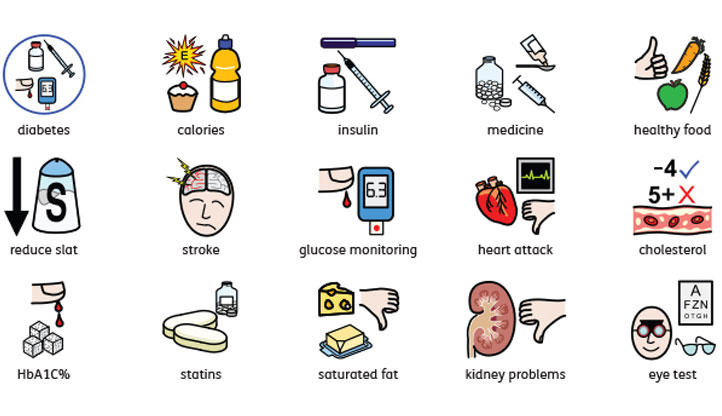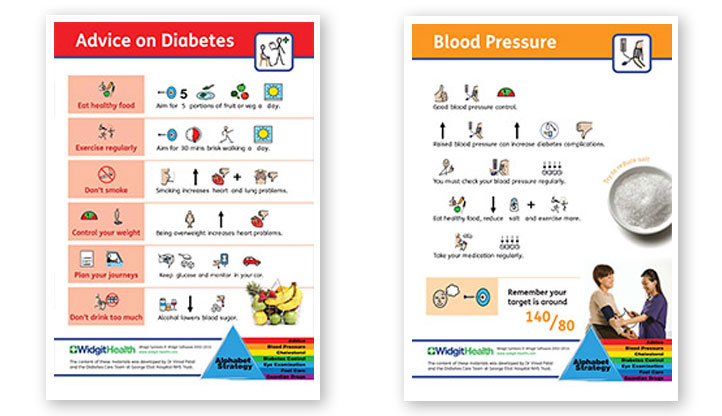This is a guest blog by Widgit Software, exhibitor at our Kidz to Adultz events.
It is Diabetes Awareness Week (8th – 14th June) and Widgit Software wanted to take this opportunity to spread awareness and share the story of how we worked in collaboration with: The Warwick Diabetes Care Researcher Group, Warwick University and the George Elliot Diabetes Care Team to create diabetes symbols and symbolised free resources to support people living with diabetes.
People living with diabetes need to learn how to manage their diabetes and much education involves the use of materials which require literacy. The use of symbols has been found to be effective, particularly for those with learning, literacy or language difficulties. There are people with diabetes in all these groups.
In accordance with the National Institute for Clinical Excellence (NICE)’s recommendation that structured education is provided for people living with Diabetes, the Warwick Diabetes Care Researcher Group recognised that people with low literacy levels who are living with Diabetes may not be able to access text-based documents which provide this education.
The Warwick Diabetes Care Researcher Group worked together with Warwick University and the George Eliot Diabetes Care Team in partnership with Widgit’s Accessible Design Services to create accessible, symbol-supported education materials to help people living with Diabetes who may struggle with reading written information to understand the condition.
Diabetes Symbols
Working within this partnership, Widgit created a set of 32 specially-developed symbols which illustrate words and concepts relating to Diabetes and healthy living. The Diabetes symbols illustrate concepts such as ‘insulin’, ‘glucose monitoring’, ‘heart problems’, ‘saturated fat’ and ‘checking blood pressure.’
These symbols proved to be a huge support for people living with Diabetes in understanding how to manage the condition who may otherwise have difficulty accessing the relevant information – such as people with a learning impairment or communication challenge, or those with English as an Additional Language (EAL).
By seeing a visual representation of a concept, even confident readers can find it easier to understand this information.


Diabetes Cards
In order to ensure that all people with Diabetes are able to access information which would help them to learn about their condition, Widgit also developed a set of accessible educational resources which featured these new symbols.
These resources were based upon the Diabetes Alphabet Strategy that the George Eliot Diabetes Support Group had previously devised.
This strategy was created to help people living with Diabetes to understand specific Diabetes issues relating to letters of the alphabet – for example, ‘A’ is for ‘Advice, ‘E’ is for ‘Eyes’.
For each of these topics, two A4 information sheets were created – a symbol-supported version and a simplified text version – which were designed to be printed out back-to-back and laminated.
Presenting> information in this way provides an inclusive resource, which can provide accessible information for both confident and struggling readers, helping everyone to understand the condition.
The ‘ABC@ Diabetes cards can be downloaded for free from https://www.widgit.com/resources/health/diabetes/index.htm


Comments are closed